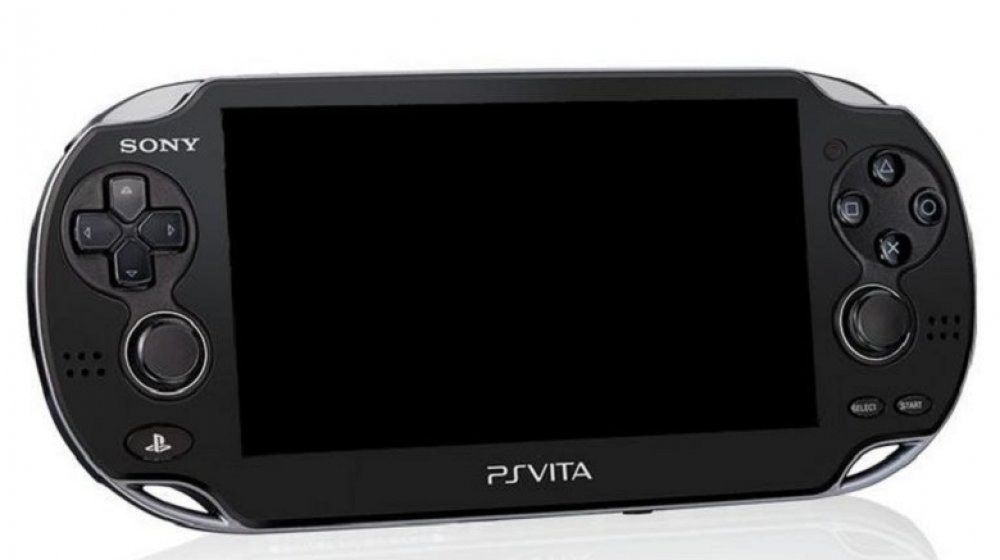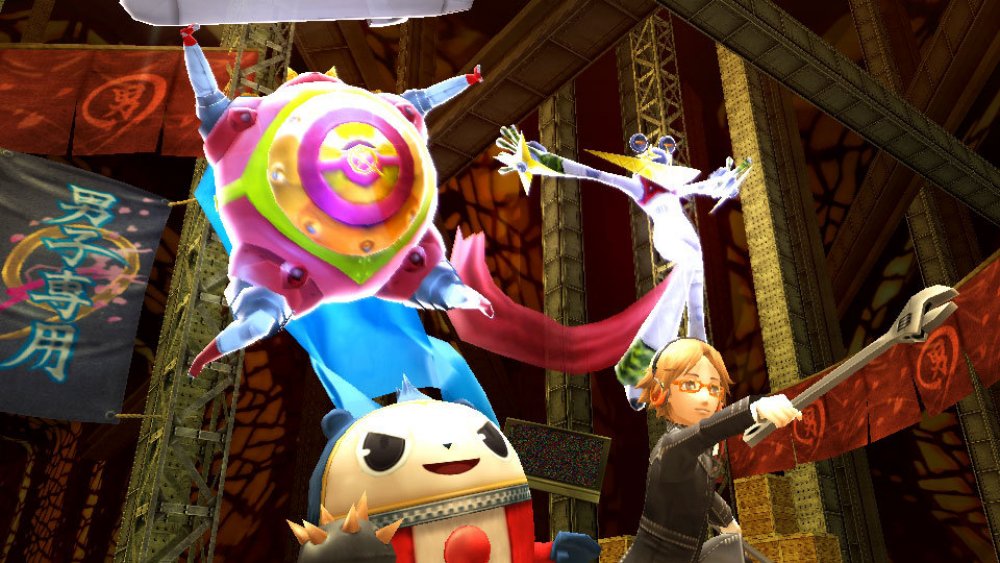The Real Reason The PS Vita Completely Failed
Though big home consoles like the upcoming PlayStation 5 and the Xbox Series X are the talk of the town, handheld gaming has stolen some of the limelight. The Nintendo Switch lets gamers take their AAA games on the go, and many companies are focusing on mobile titles, either to create unique experiences like Pokemon Go or to port older games like Castlevania: Symphony of the Night to the smartphone.
Because mobile games have saturated the market for the past several years, you might expect the PlayStation Vita, along with the Switch, to corner the handheld market, but reality is often disappointing. Sony's first handheld console, the PlayStation Portable, managed to eke out a decent existence, but the Vita flailed its arms, desperate for attention it would never receive. While some, like Imad Khan of Tom's Guide, believe the console is still worth owning, the Vita has long been considered one of Sony's gaming flops. This raises a few questions about what actually doomed Sony's second stab at handheld gaming. Was it a matter of luck, bad decisions, or evil Illuminati plots?
Take a quick tour through the past and see where the Vita went wrong.
The Vita got out-priced by the 3DS
When you examine the pricing history of video game consoles, you'll notice the cost of the consoles increases alongside the power of the technology under the hood. For example, according to IGN, the Game Boy launched in 1989 for $90 ($170 with inflation). The PlayStation Vita, meanwhile, cost $250 at launch ($255 with inflation). That was only the beginning of the console's pricing woes.
To be fair, the 3DS, the Vita's main rival, also launched at $250, but when Nintendo saw the 3DS wasn't selling well, the company took a gamble and slashed the handheld's price. In contrast, Sony decided to stay the course and refused to drop its console's price until much later. The Vita also relied on expensive memory cards that could only be used with the handheld. Sony eventually lowered the cost of the cards as well, but the 3DS could utilize much cheaper — and universal — micro SD cards from the outset.
In the end, the price of the Vita and its required memory cards helped the 3DS win the handheld war.
Marketing issues and development costs sealed the Vita's fate
The PS Vita was initially touted as a behemoth that fit the power of a console into your pocket, so Sony laid into the AAA experience promise. However, even though the console featured games like Persona 4 Golden and Borderlands 2, these titles were in the minority. Furthermore, some AAA Vita games simply failed to impress.
As RoboKast lays out, the PS Vita eventually became a haven for indie games and visual novels. However, these didn't factor into the Vita's marketing strategy and didn't help the handheld's sales. According to Extra Credits, this and other factors caused the Vita to suffer a self-perpetuating title drought.
Few developers were willing to make games for the console because of development costs, which led to less games and decreased console sales. Then, since the Vita wasn't selling well, even fewer developers wanted to create titles for it. They preferred the 3DS because of its sales numbers and lower development costs.
In the end, the PS Vita couldn't escape the shadow of death cast by its dual-screened rival.



